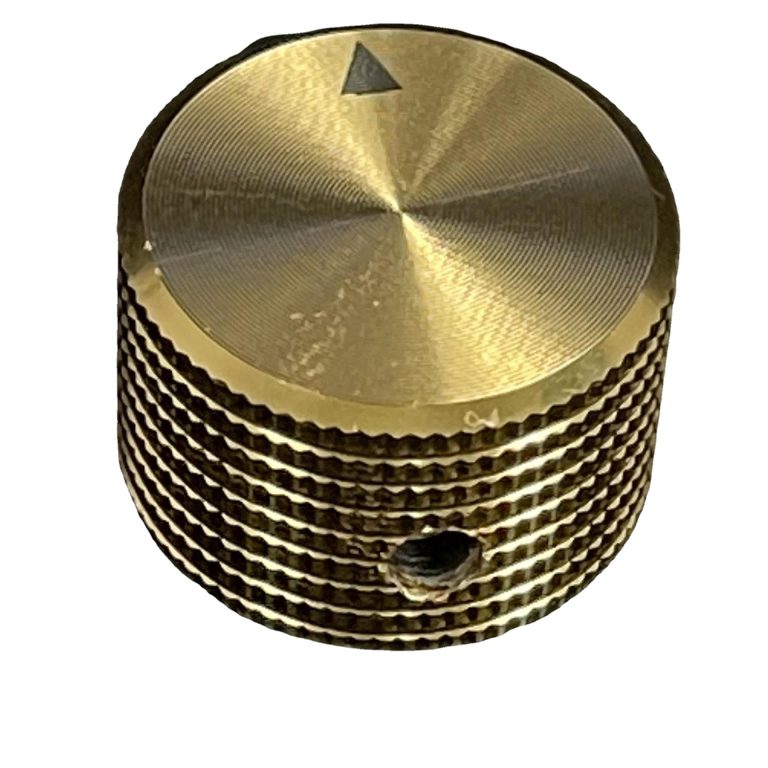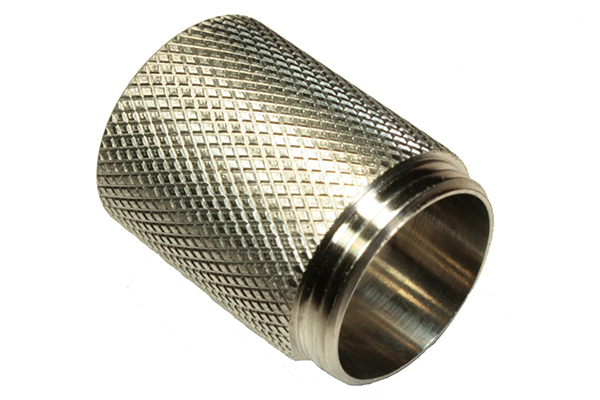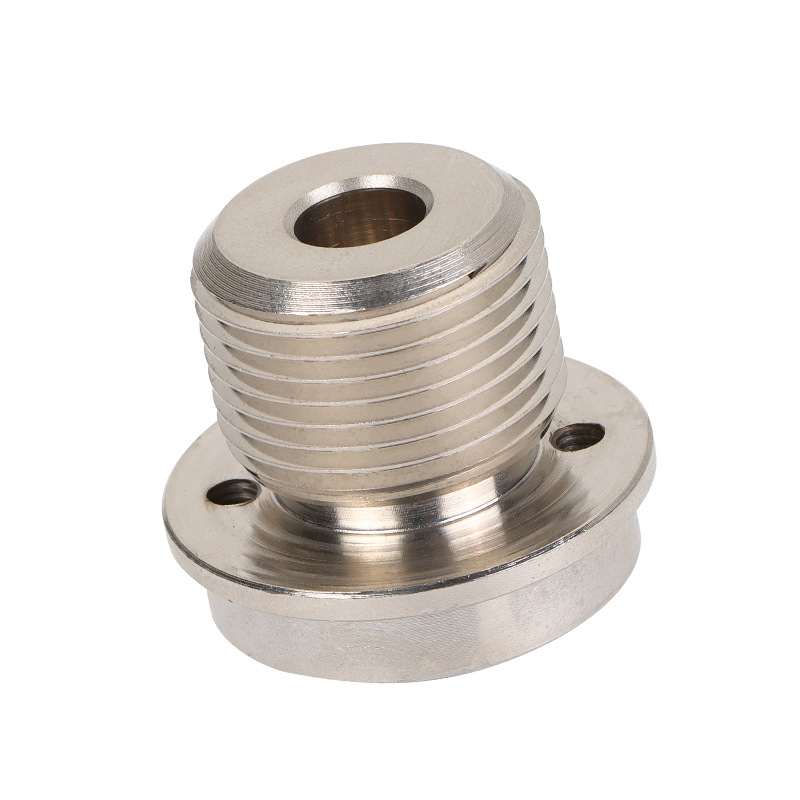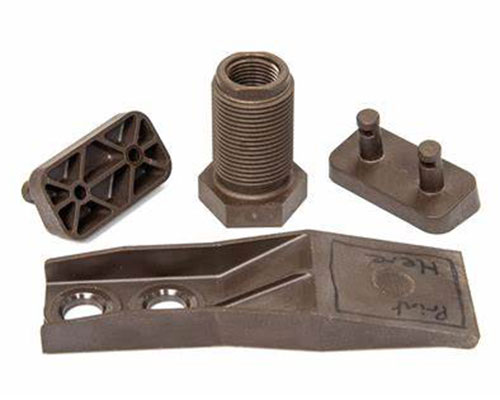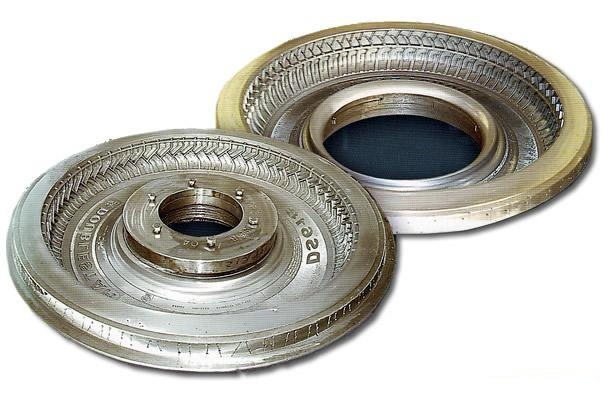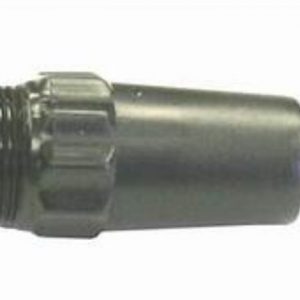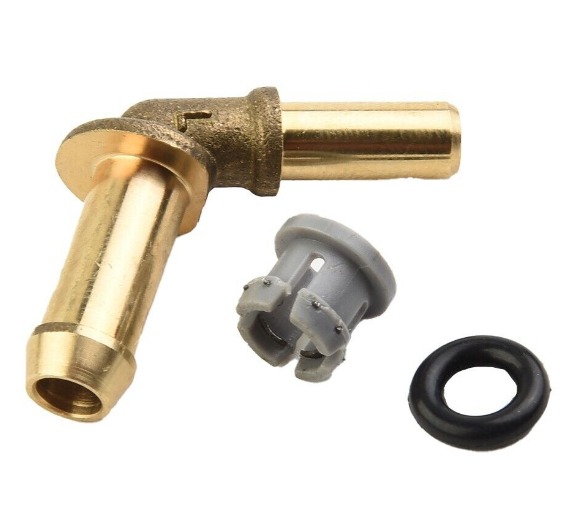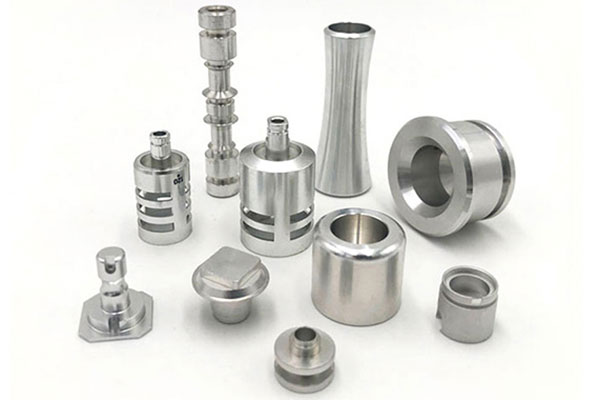From sticky food residue on cookware to chemical buildup in industrial pipes, surface adhesion and corrosion plague countless applications. Traditional coatings like paint or enamel chip easily, fail at high temperatures, or react with harsh chemicals, leading to frequent replacements and operational downtime. A bakery’s conveyor belt might gum up with dough, a chemical plant’s reactor walls could corrode from acids, or a car engine’s gaskets might degrade under heat—each scenario demanding a surface treatment that resists sticking, heat, and chemicals. This is where surface treatment Teflon coating (PTFE) excels. Polytetrafluoroethylene (PTFE), known by the brand name Teflon, creates a low-friction, non-stick barrier that withstands extreme conditions, solving these critical challenges across industries. In this guide, we’ll explore how Teflon coating works, its types, properties, and applications, highlighting why it’s the go-to solution for demanding environments.
Introduction to Teflon (PTFE) Coating
Teflon (PTFE) coating is a high-performance surface treatment using polytetrafluoroethylene, a synthetic fluoropolymer with unique non-stick and heat-resistant properties:
- Definition: Teflon coating is the process of applying a thin layer of PTFE to a substrate (metal, glass, plastic) to create a surface with low friction, non-stick characteristics, and resistance to heat, chemicals, and corrosion. The coating bonds to the surface through mechanical or chemical adhesion, forming a durable barrier.
- Historical background: PTFE was discovered accidentally in 1938 by DuPont chemist Roy Plunkett, who noticed a refrigerant gas had polymerized into a slippery solid. Commercialized in the 1950s, it gained fame as a non-stick coating for cookware in the 1960s. Today, the global PTFE coating market exceeds $3 billion, used in industries from aerospace to food processing.
- Basic principles: PTFE’s unique properties stem from its molecular structure—carbon atoms bonded to fluorine atoms create strong chemical bonds and a smooth surface with low surface energy (18 mN/m), repelling most substances. The coating is applied as a liquid or powder, then cured at high temperatures (350-400°C) to form a solid, continuous film.
- Industrial significance: Teflon coating reduces friction by 50-80% compared to uncoated surfaces, lowering energy consumption in moving parts. It extends equipment life by 2-3x in chemical environments and eliminates the need for lubricants in sensitive applications like medical devices.
- Environmental considerations: PTFE is inert and non-toxic (food-grade formulations meet FDA standards). Modern application processes use low-VOC solvents, and PTFE coatings are long-lasting, reducing waste from frequent replacements. While PTFE itself is non-biodegradable, it’s recyclable, and end-of-life coatings can be stripped and the substrate reused.
- Comparison with other surface treatments: Teflon coating outperforms alternatives in key areas:
| Feature | Teflon (PTFE) Coating | Ceramic Coating | Chrome Plating |
| Non-Stick Property | Excellent (lowest surface energy) | Good | Poor |
| Max Temperature | 260°C (continuous) | 600°C+ | 200°C |
| Chemical Resistance | Resists most acids/bases | Resists high pH, poor with HF | Corrodes in strong acids |
| Friction Coefficient | 0.04-0.1 | 0.1-0.2 | 0.6-0.8 |
| Flexibility | Good (bends without cracking) | Poor (brittle) | Good |
Types of Teflon (PTFE) Coatings
Teflon coatings are formulated for specific applications, with variations in additives and performance:
- Standard PTFE: A general-purpose coating with a thickness of 25-50 μm, ideal for non-stick cookware, food processing equipment, and simple industrial parts. It offers basic heat resistance (up to 260°C) and low friction, balancing cost and performance.
- High-performance PTFE: Enhanced with cross-linking agents for improved durability, this coating withstands higher temperatures (up to 300°C) and mechanical stress. Used in aerospace components, industrial ovens, and high-wear parts like gears and bearings.
- PTFE with additives: Fillers like glass fibers, carbon, or bronze improve wear resistance and thermal conductivity. Glass-filled PTFE (20-30% glass) is used in pump seals and valves, while carbon-filled PTFE enhances dimensional stability in precision parts.
- Low-friction PTFE: Optimized with molybdenum disulfide or graphite additives to reduce friction coefficients to 0.04-0.06, ideal for sliding components like conveyor belts, piston rings, and sliding bearings. It minimizes energy loss and wear in moving machinery.
- Conductive PTFE: Incorporates conductive fillers (carbon black, metal particles) to dissipate static electricity, used in electronics manufacturing, fuel handling equipment, and explosive environments where static discharge is hazardous.
- Food-grade PTFE: Complies with FDA 21 CFR 177.1550 and EU 10/2011 standards, free from toxic additives. Applied to cookware, bakery molds, and food processing conveyors, ensuring no migration of chemicals into food.
- Custom formulations: Tailored to specific needs—for example, UV-curable PTFE for heat-sensitive substrates or flexible PTFE for rubber seals and hoses that require non-stick properties without losing elasticity.
Properties of Teflon (PTFE) Coated Surfaces
Teflon coatings deliver a unique combination of performance properties unmatched by other surface treatments:
- Non-stick properties: With a surface energy of 18 mN/m (lower than water’s 72 mN/m), PTFE repels most substances, from food oils to industrial adhesives. This reduces cleaning time by 50-70% in commercial kitchens and prevents material buildup in pipes and reactors.
- Low friction: A friction coefficient of 0.04-0.1 (compared to steel’s 0.6) minimizes wear in moving parts. Tests show PTFE-coated bearings last 3x longer than uncoated ones in industrial machinery.
- High temperature resistance: Standard PTFE withstands continuous use at 260°C and short-term exposure to 300°C, while high-performance formulations handle 300°C continuously. This makes it suitable for engine components, industrial ovens, and aerospace parts.
- Chemical resistance: PTFE is inert to most acids, bases, solvents, and oxidizing agents, including sulfuric acid, sodium hydroxide, and gasoline. It’s used in chemical processing equipment where corrosion resistance is critical.
- Corrosion resistance: By acting as a barrier between the substrate and environment, PTFE prevents rust and oxidation on metals. Salt spray tests (ASTM B117) show PTFE-coated steel resists corrosion for 1000+ hours, far exceeding uncoated steel (24-48 hours).
- Surface finish: Teflon coatings create a smooth, uniform surface (Ra 0.1-0.5 μm) that reduces turbulence in fluid flow, improving efficiency in pipes and pumps by 10-15%.
- Adhesion: Proper pre-treatment (etching, priming) ensures adhesion strengths of 5-10 N/cm², preventing peeling even under thermal cycling. This is critical for parts like exhaust manifolds that experience temperature fluctuations.
Applications of Teflon (PTFE) Coating
Teflon coating solves performance challenges across diverse industries, from household items to advanced aerospace systems:
- Cookware: Non-stick pans, baking sheets, and grill grates use food-grade PTFE to prevent food adhesion, reducing the need for oil and simplifying cleaning. These coatings last 3-5 years with proper use, outperforming traditional enamel.
- Food processing: Conveyor belts, mixers, and molds in bakeries, candy factories, and meat processing plants rely on PTFE to prevent dough, chocolate, or meat from sticking. This reduces downtime for cleaning and improves production efficiency by 20-30%.
- Chemical processing: Pipes, valves, and reactor liners handling acids, solvents, and corrosive slurries use PTFE coatings to resist chemical attack. This extends equipment life by 5-10 years compared to uncoated steel or plastic.
- Automotive: Engine gaskets, fuel lines, and brake components use high-temperature PTFE to resist oil, fuel, and heat. PTFE-coated gaskets maintain a tight seal at 250°C, preventing leaks in high-performance engines.
- Aerospace: Hydraulic system components, aircraft engine parts, and satellite antennas use PTFE for low friction, chemical resistance, and wide temperature tolerance (-200°C to 260°C). It ensures reliability in extreme environments, from polar flights to desert operations.
- Medical devices: Surgical instruments, catheters, and implantable components use biocompatible PTFE coatings (meeting ISO 10993) to reduce friction, prevent tissue adhesion, and resist bodily fluids. PTFE-coated forceps glide smoothly during procedures, reducing tissue damage.
- Industrial equipment: Conveyor belts, printing rollers, and textile machinery use low-friction PTFE to prevent material sticking and reduce wear. Textile machines with PTFE-coated parts experience 50% less thread breakage.
Teflon (PTFE) Coating Process and Equipment
Applying Teflon coatings requires precision equipment and controlled processes to ensure uniformity and adhesion:
- Coating application methods:
- Spray coating: Airless or electrostatic spray guns apply liquid PTFE dispersions, ideal for large or complex parts like industrial tanks and cookware. Thickness is controlled via spray pressure and number of passes (25-100 μm).
- Dip coating: Parts are submerged in PTFE liquid, then withdrawn at a controlled speed to ensure uniform thickness. Used for small parts like fasteners and medical instruments.
- Brush coating: Manual application with brushes for touch-ups or small, intricate parts where spray/dip coating is impractical.
- Pre-treatment processes: Critical for adhesion:
- Cleaning: Solvents or alkaline cleaners remove oils, dirt, and oxides.
- Etching: For metals, acid etching or sandblasting creates a rough surface (Ra 1-3 μm) for mechanical bonding. For plastics, plasma etching improves surface energy.
- Priming: A bonding primer (often silicone-based) is applied to enhance PTFE adhesion, especially on smooth substrates like stainless steel.
- Curing equipment: Industrial ovens with precise temperature control (350-400°C) cure the coating. Curing time ranges from 15-60 minutes, depending on thickness, with a gradual heating cycle to prevent bubbles.
- Post-treatment processes:
- Inspection: Visual checks for pinholes, uneven thickness, or defects.
- Finishing: Light sanding to remove any surface irregularities, ensuring a smooth, non-stick finish.
- Quality control equipment:
- Thickness gauges: Magnetic or eddy current devices measure coating thickness (±2 μm accuracy).
- Adhesion testers: Cross-cut or pull-off tests verify bond strength (ASTM D3359).
- Friction testers: Measure friction coefficients to ensure low-friction performance.
- Safety equipment: Respirators (for PTFE fumes during curing), chemical-resistant gloves, and ventilation systems to remove solvent vapors. PTFE fumes above 300°C can be harmful, so ovens are equipped with fume extraction.
- Temperature control systems: PID-controlled ovens maintain curing temperatures within ±5°C, ensuring proper polymerization of PTFE. Overheating can degrade the coating, while underheating reduces adhesion.
Yigu Technology’s Perspective
As a leading custom manufacturing supplier in China, Yigu Technology offers Teflon (PTFE) coating services for industrial, medical, and food processing clients. Our capabilities include standard, food-grade, and high-performance PTFE coatings, with thicknesses from 25-100 μm. We use automated spray and dip systems for uniform coverage, and our curing ovens ensure consistent bonding. Our quality lab tests for adhesion, thickness, and chemical resistance, complying with FDA, ISO 9001, and aerospace standards. Whether coating cookware, valve components, or medical instruments, we deliver reliable, long-lasting non-stick solutions tailored to client needs.
FAQs
- How long does a Teflon coating last?
Service life depends on use: 3-5 years for cookware (with proper care), 5-10 years for industrial parts in moderate conditions, and 10+ years for low-wear applications like chemical pipes. High temperatures and abrasive cleaning reduce lifespan.
- Can Teflon coatings be repaired if damaged?
Small scratches or chips can be repaired with touch-up PTFE paint, cured with a heat gun. For large areas, the coating must be stripped (with chemical solvents) and reapplied to ensure uniform performance.
- Is Teflon coating safe for food contact?
Yes—food-grade PTFE coatings (meeting FDA and EU standards) are non-toxic and stable at cooking temperatures (up to 260°C). Overheating above 300°C can release fumes, but this is rare in normal cooking. Always follow manufacturer guidelines for cookware use.
